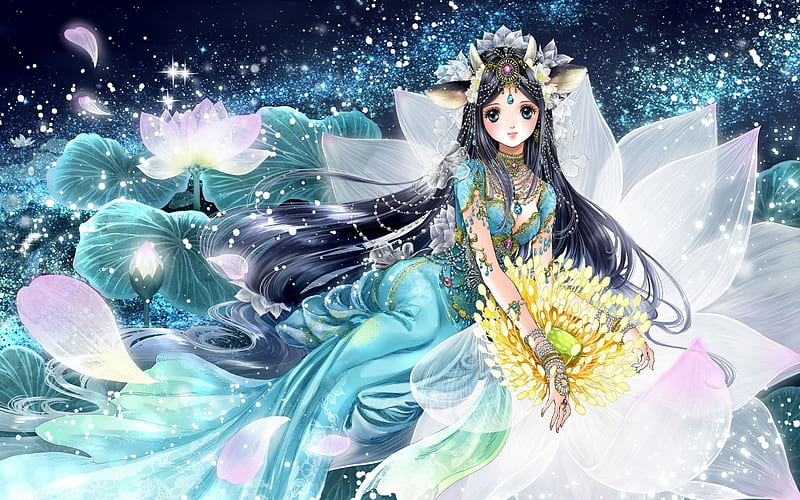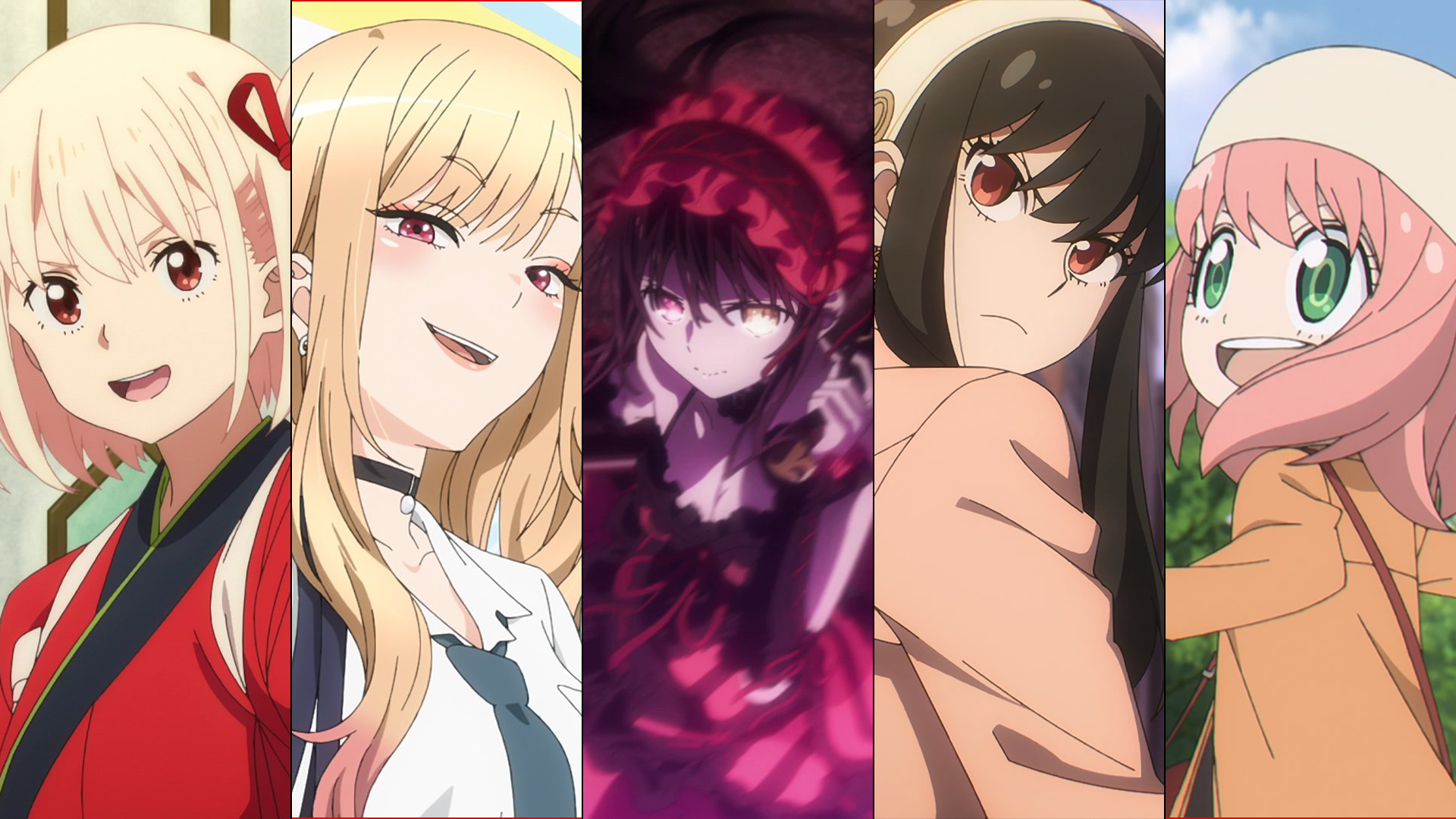Introduction to Female Anime Characters
Anime, a vibrant and culturally significant form of storytelling from Japan, has captivated audiences across the world with its diverse characters, intricate plots, and breathtaking artistry. Among its many strengths, anime has consistently delivered a wide range of powerful, complex, and beloved female characters. These characters have evolved over time, breaking traditional molds and expanding into multifaceted representations of strength, vulnerability, intelligence, and passion. In this article, we’ll explore the journey of female anime characters, their iconic roles, and their impact on audiences worldwide.
The Early Days Archetypes and Foundations
In the early days of Female Anime Characters often fell into specific archetypes. They were typically portrayed as supportive figures, love interests, or damsels in distress. Classic series like “Astro Boy” (1963) and “Speed Racer” (1967) introduced female characters who, while important, often played secondary roles to their male counterparts.
However, even during these formative years, seeds of stronger female representation were sown. Characters like Princess Sapphire from “Princess Knight” (1967) challenged traditional gender roles by being a princess who had to live as a prince to inherit the throne, blending themes of courage and identity.
The Rise of Strong Female Leads
As Female Anime Characters grew in popularity and sophistication, the 1980s and 1990s ushered in a new era of female characters who were strong, independent, and pivotal to their stories.
One standout example is Nausicaä from “Nausicaä of the Valley of the Wind” (1984), directed by the legendary Hayao Miyazaki. Nausicaä is a compassionate princess who becomes a savior for her people and the natural world, demonstrating leadership, empathy, and resilience.
Another significant figure is Major Motoko Kusanagi from “Ghost in the Shell” (1995). A cybernetic law enforcement officer, the Major embodies themes of identity, technology, and humanity. She is intelligent, tactical, and philosophical, challenging both enemies and audiences to ponder deep questions about existence.
Magical Girls and Empowerment
The “magical girl” genre (mahou shoujo) played a huge role in empowering female characters while still celebrating femininity. “Sailor Moon” (1992), created by Naoko Takeuchi, revolutionized this genre. Usagi Tsukino (Sailor Moon) and her friends combined magical powers with everyday teenage struggles, showing that vulnerability and heroism could coexist.
Sailor Moon’s influence on pop culture is undeniable, inspiring generations of young viewers to see strength in kindness, friendship, and perseverance. The success of Sailor Moon opened doors for other magical girl series like “Cardcaptor Sakura” and “Puella Magi Madoka Magica,” each adding new layers of complexity and emotion to the genre.
Diversity in Strength Beyond Physical Power

Modern anime has moved far beyond simply portraying Female Anime Characters as strong fighters. Today’s heroines are strong emotionally, mentally, and morally. They are leaders, scientists, strategists, and sometimes, anti-heroes.
Mikasa Ackerman from “Attack on Titan” is one of the fiercest warriors in the series, but her strength comes equally from her loyalty, love, and determination. She is as deeply human as she is physically formidable.
In “Steins;Gate,” Kurisu Makise shines as a brilliant scientist who is central to the plot’s unfolding. Her intelligence, wit, and occasional vulnerability make her a memorable and well-rounded character.
Meanwhile, Nana Osaki from “Nana” portrays a punk rock singer chasing her dreams while navigating heartbreak and personal struggles. Nana’s emotional depth and rawness resonate with many who see themselves in her dreams and vulnerabilities.
Villains and Anti-Heroines Complex Female Roles
Female Anime Characters has also excelled in creating memorable female villains and anti-heroines. These characters often blur the lines between good and evil, showcasing the multifaceted nature of humanity.
Esdeath from “Akame ga Kill!” is a prime example. She is a powerful general with a twisted sense of love and loyalty, making her both terrifying and oddly sympathetic. Her character challenges viewers to confront complex moralities.
Similarly, Himiko Toga from “My Hero Academia” is a psychotic villain whose tragic past offers insight into her violent tendencies. She’s a reminder that even villains have stories that deserve to be told.
Representation and the Changing Landscape
In recent years, Female Anime Characters has become more inclusive, reflecting a broader range of female experiences. Shows like “Yona of the Dawn” feature character growth arcs where female leads evolve from sheltered individuals to courageous leaders.
Additionally, “Demon Slayer” brings characters like Nezuko Kamado into the spotlight — a demon who maintains her humanity and fights alongside her brother, symbolizing loyalty, sacrifice, and resilience.
Female Anime Characters is also embracing different body types, personalities, and roles for women. No longer confined to a single mold, today’s anime heroines can be clumsy, arrogant, stoic, bubbly, introverted, or extroverted — just like real people.
Impact on Fans Around the World
Female anime characters have had a profound impact on fans globally. They offer role models, comfort, and inspiration to people of all ages and genders.
Characters like Sailor Moon, Asuka Langley Soryu from “Neon Genesis Evangelion,” and Rukia Kuchiki from “Bleach” have empowered many to embrace their individuality, face challenges head-on, and believe in their own worth.
Cosplay communities, fan art, fan fiction, and online discussions further showcase the enduring love for these characters. Female anime icons often serve as symbols of strength, hope, and self-expression, transcending cultural and linguistic barriers.
Conclusion A Bright Future
The evolution of female anime characters reflects broader changes in society’s views on gender and identity. From the early archetypes to today’s richly developed protagonists, anime has created a space where women can be anything: warriors, scholars, leaders, dreamers, and more.
As anime continues to innovate and diversify, we can look forward to even more groundbreaking female characters who challenge norms, inspire change, and capture our imaginations. Whether you’re drawn to the quiet brilliance of a scientist, the fierce determination of a warrior, or the heartfelt struggles of a dreamer, there’s a female anime character out there ready to become a part of your story.
You Many Also Read: Sydney Sweeney measurements


